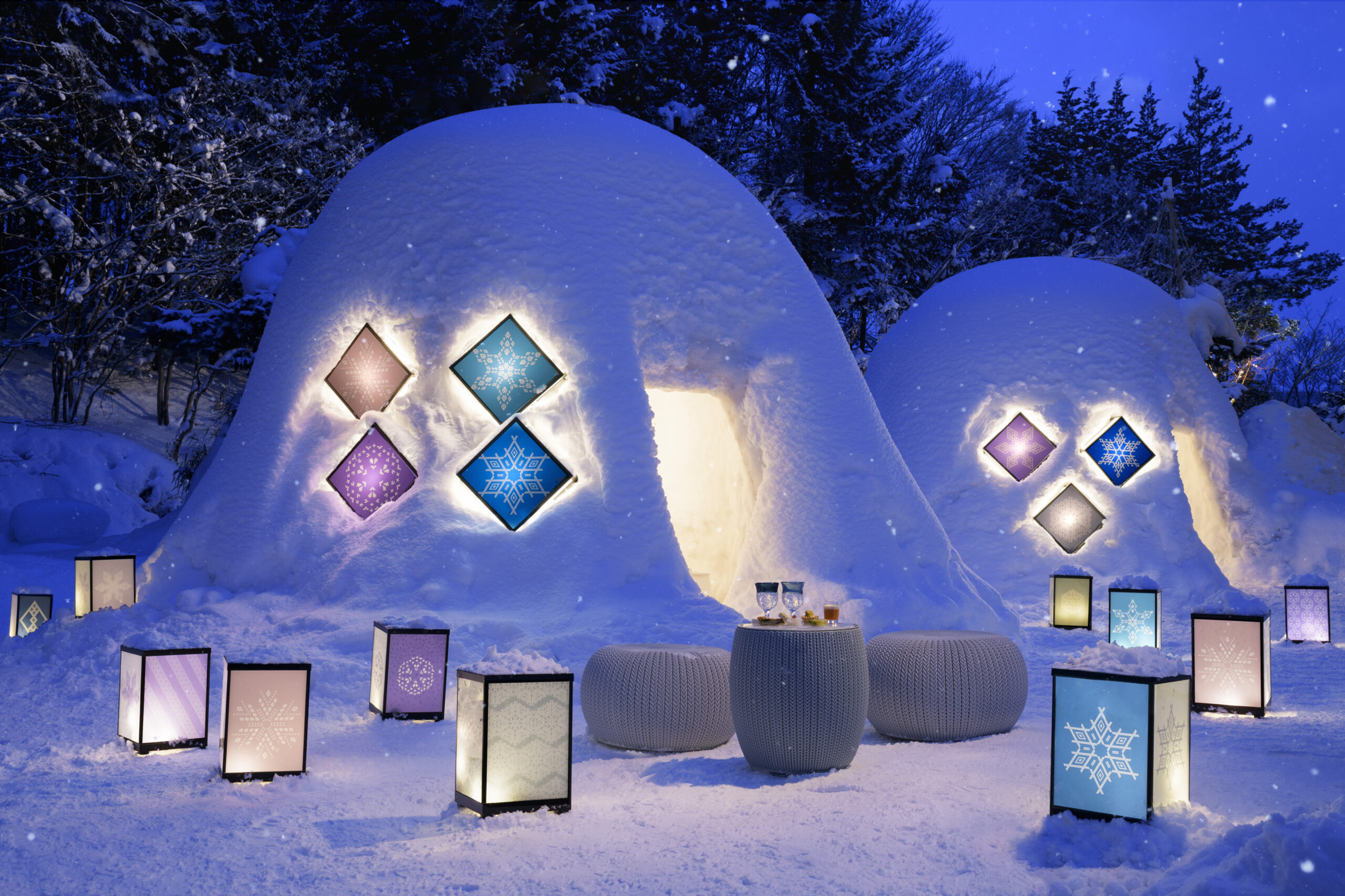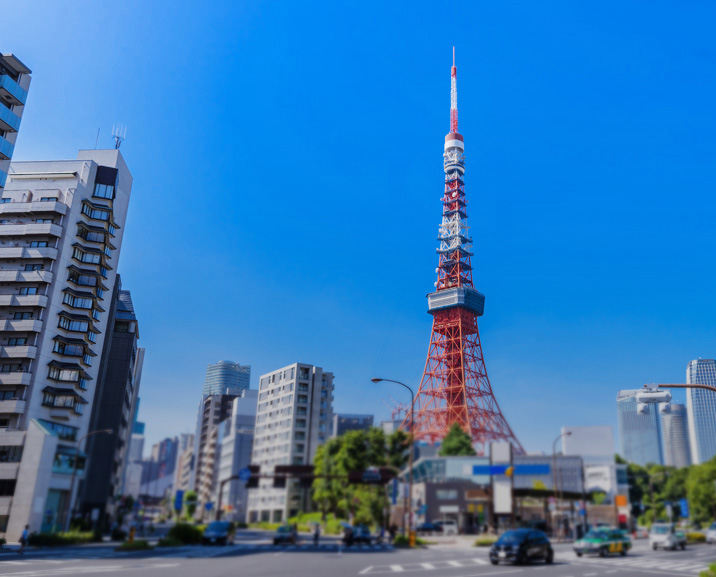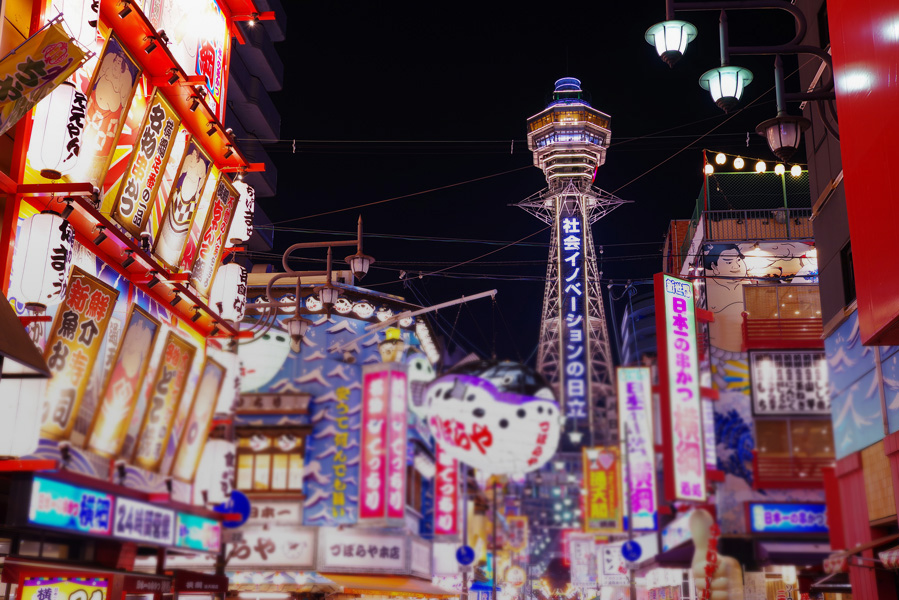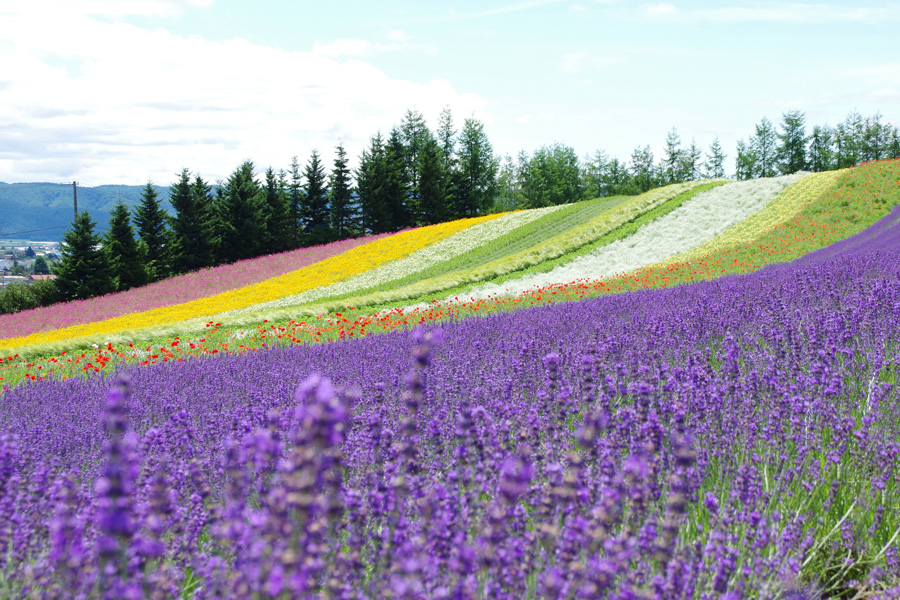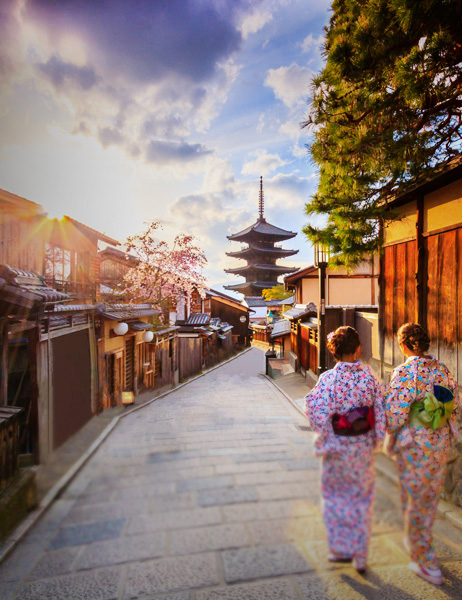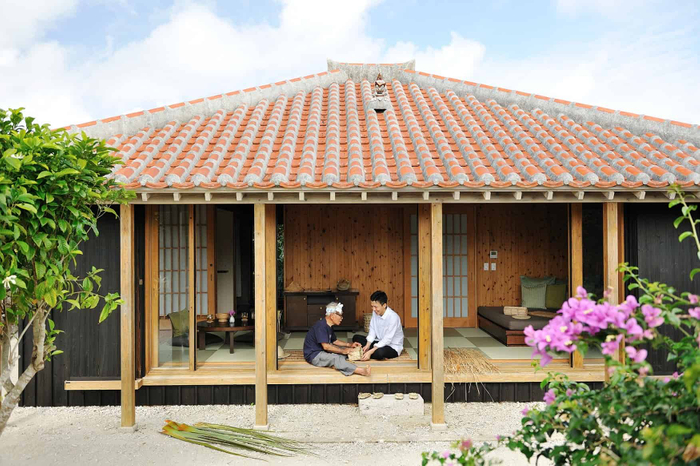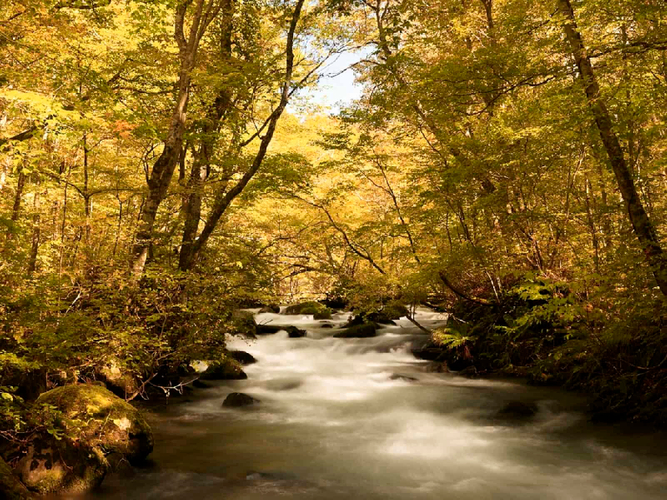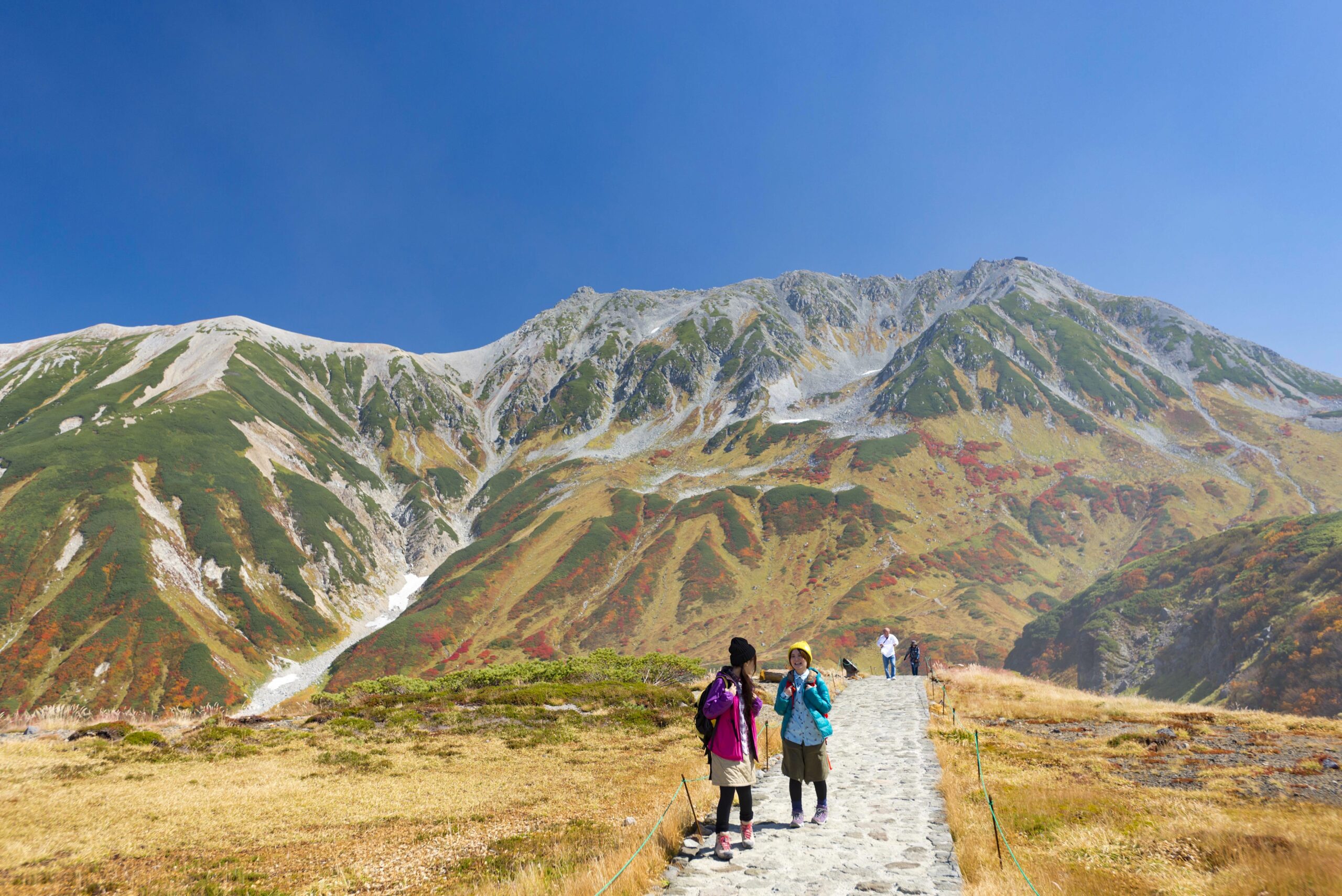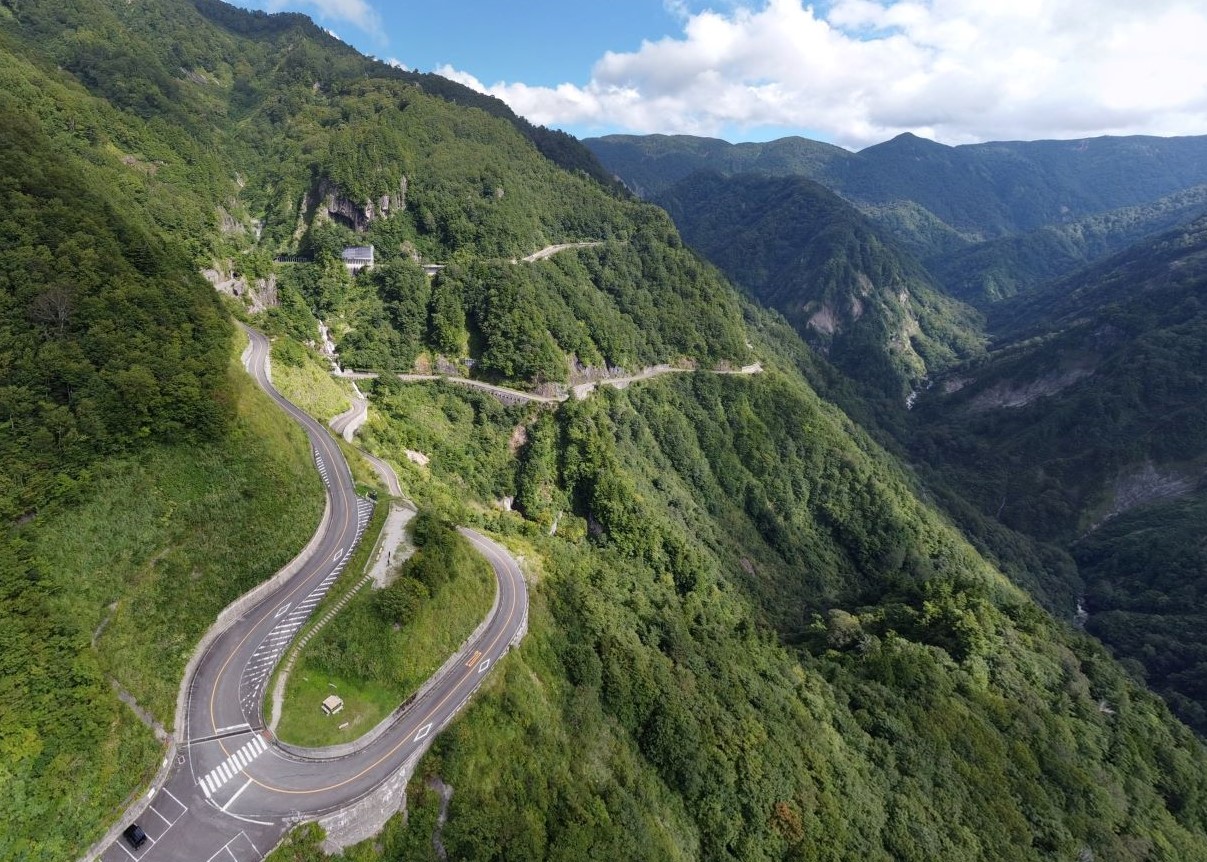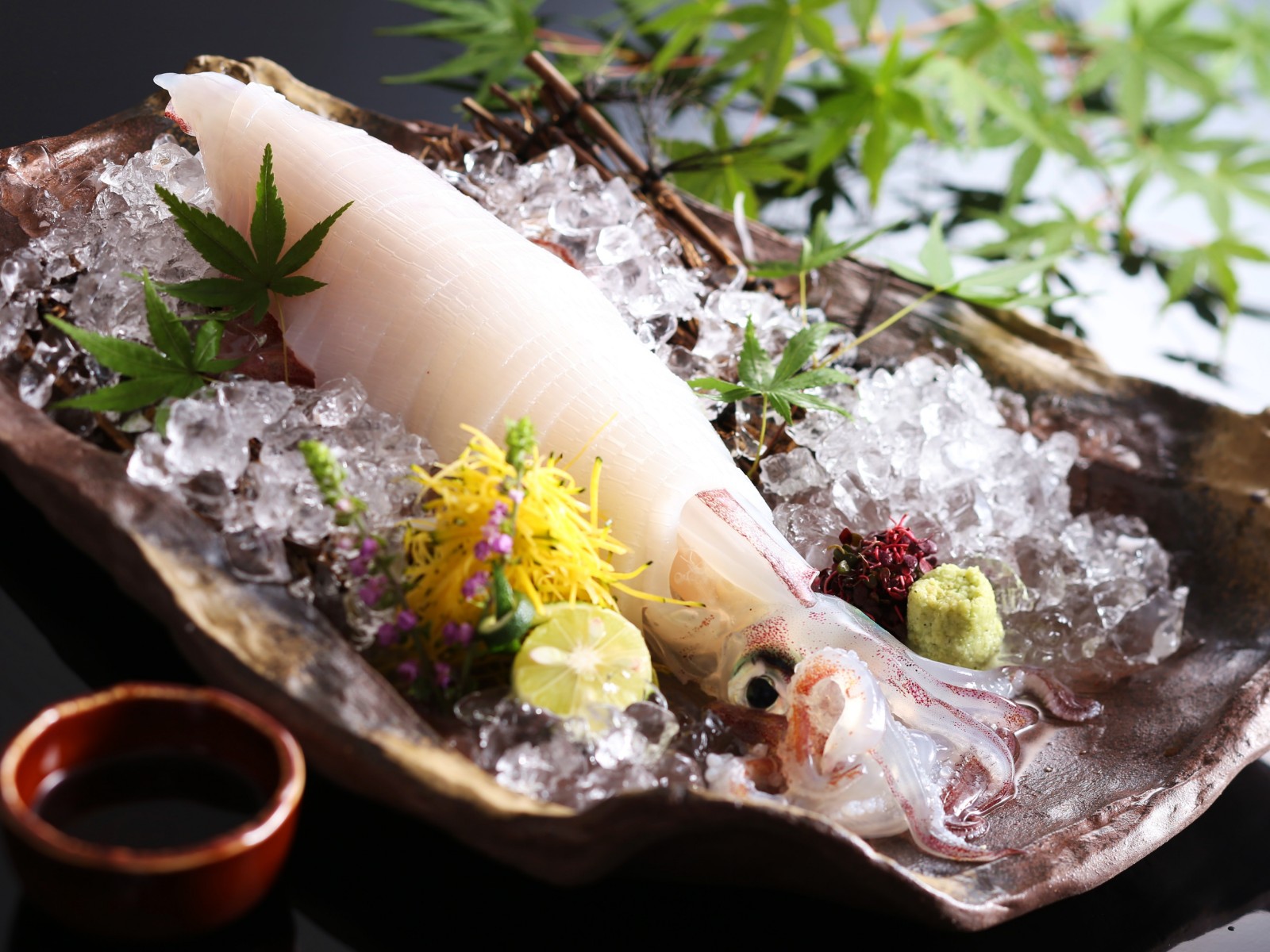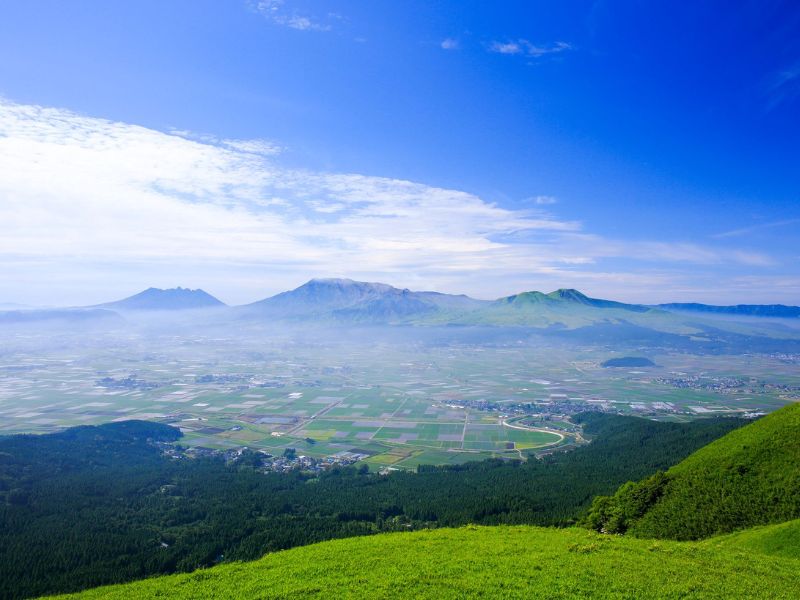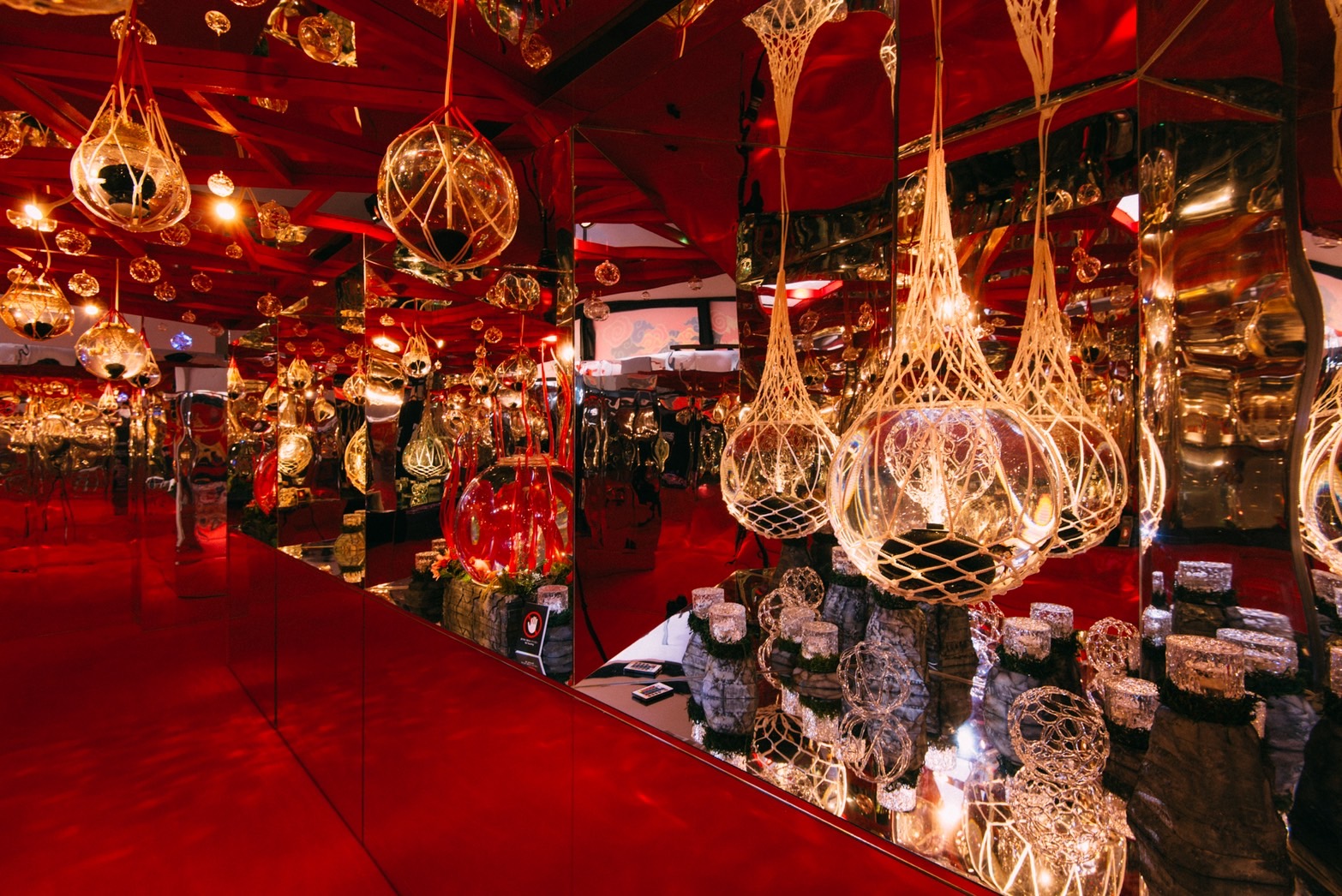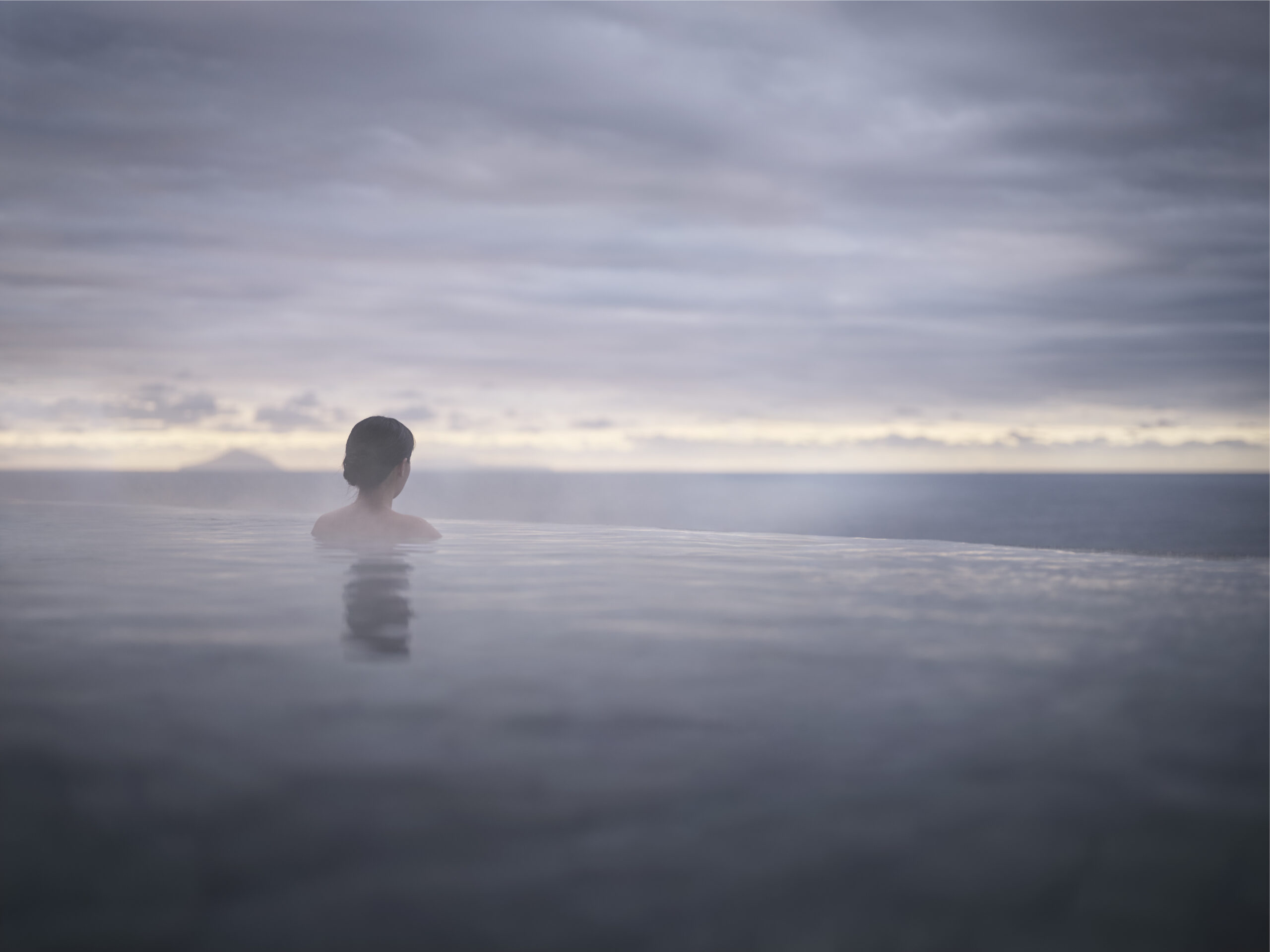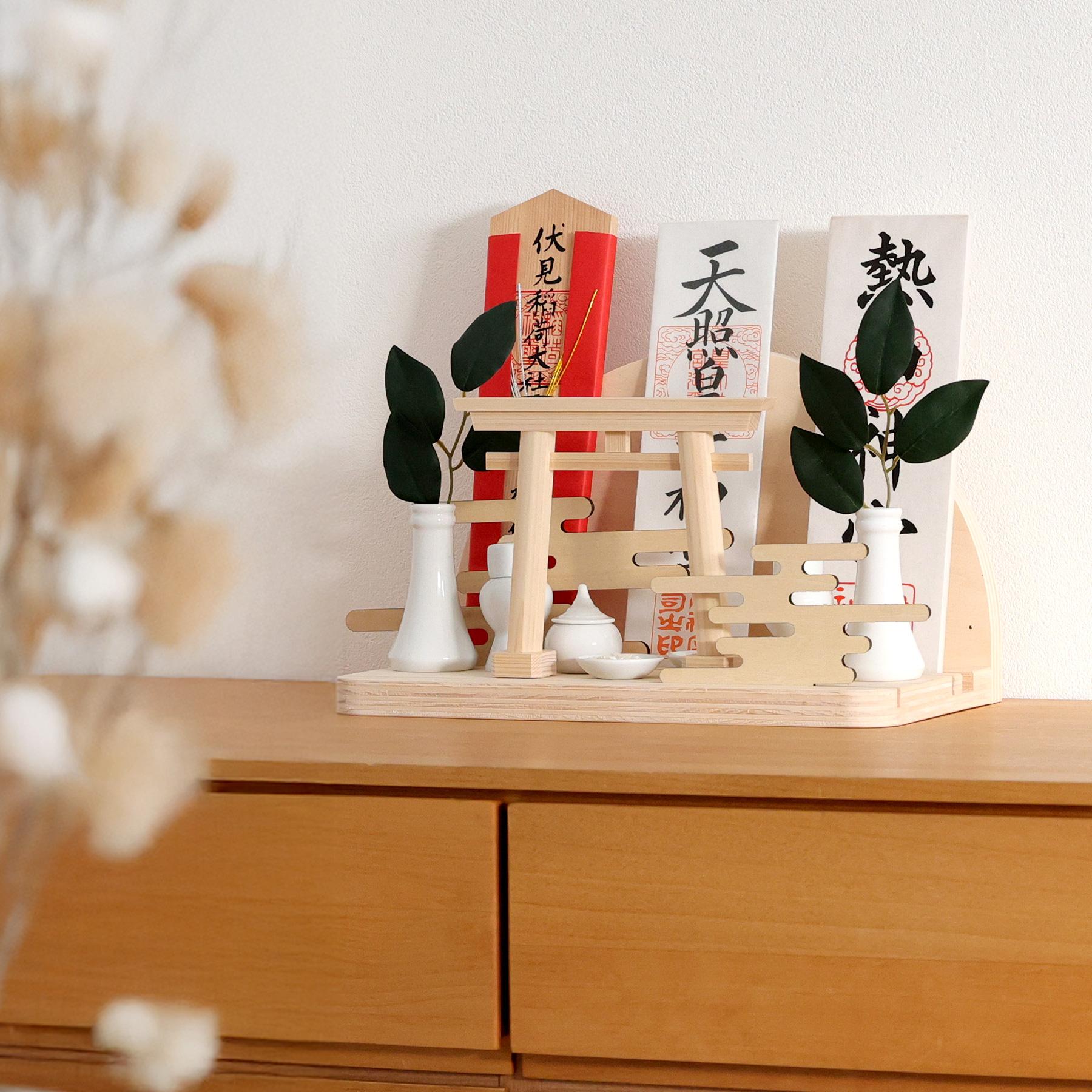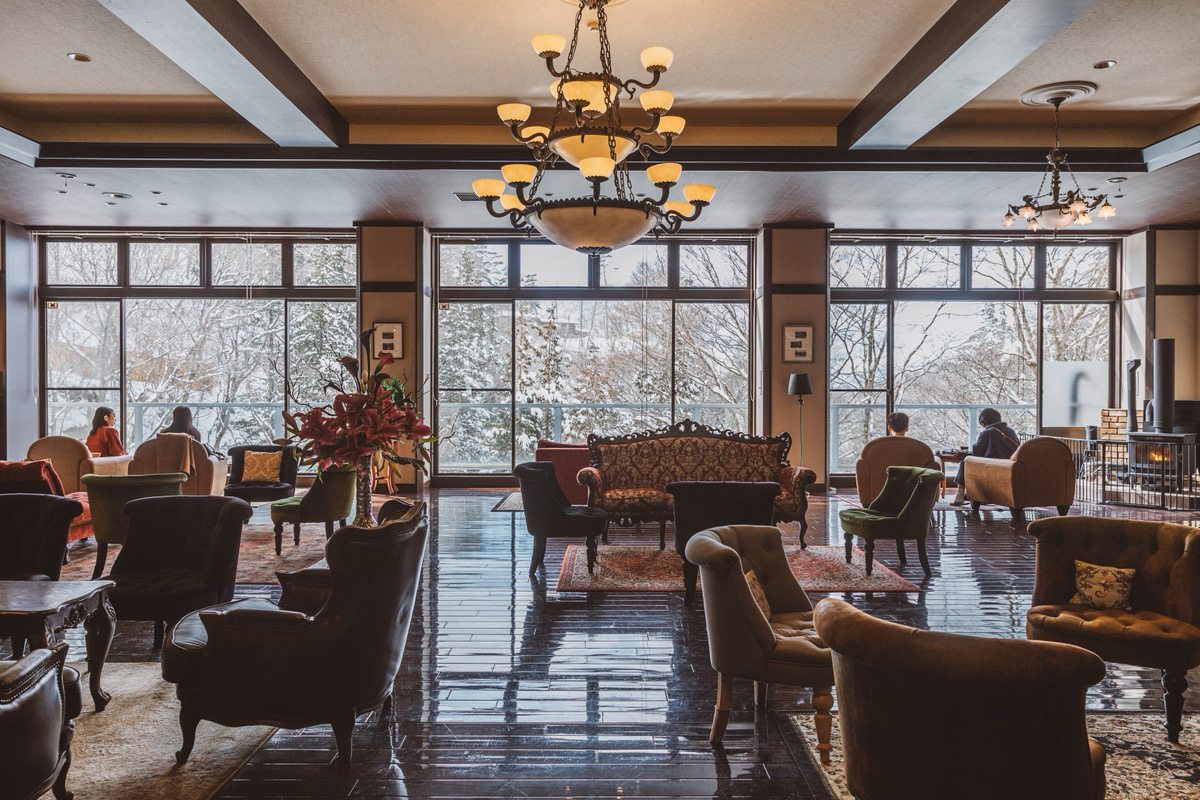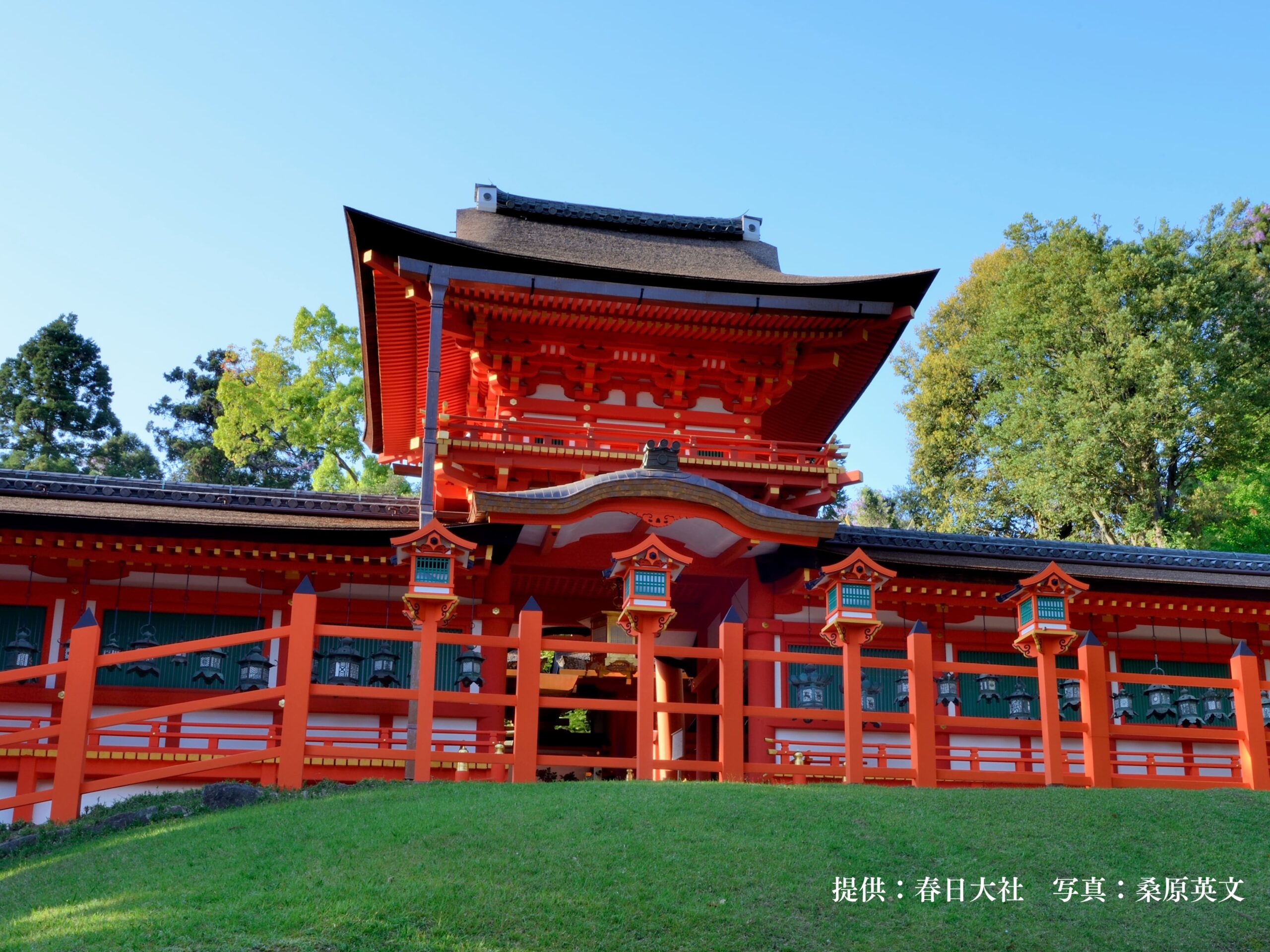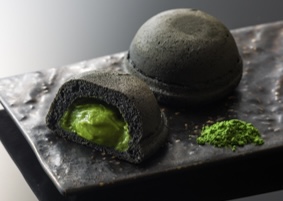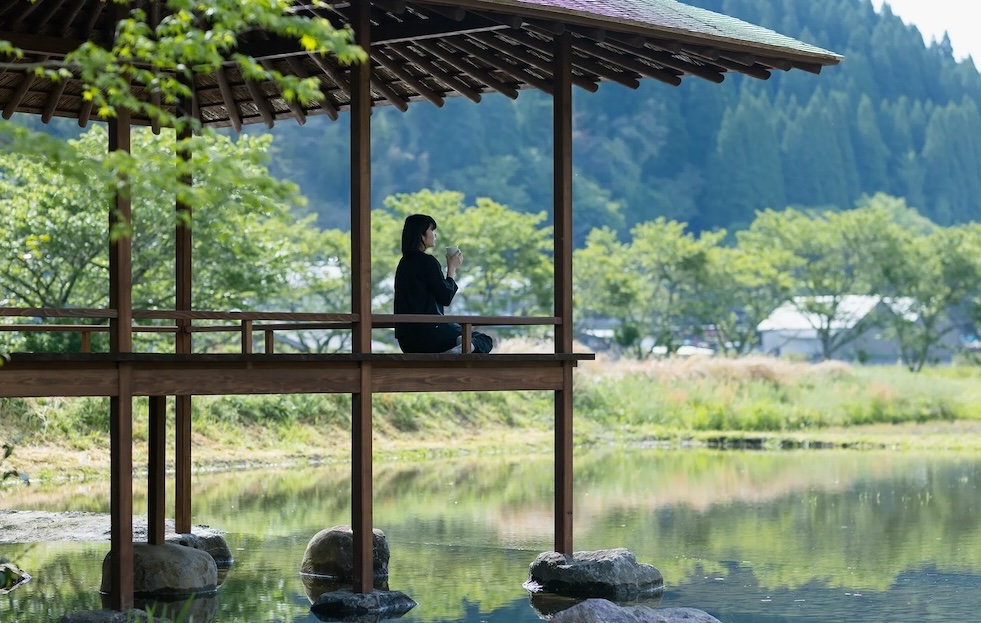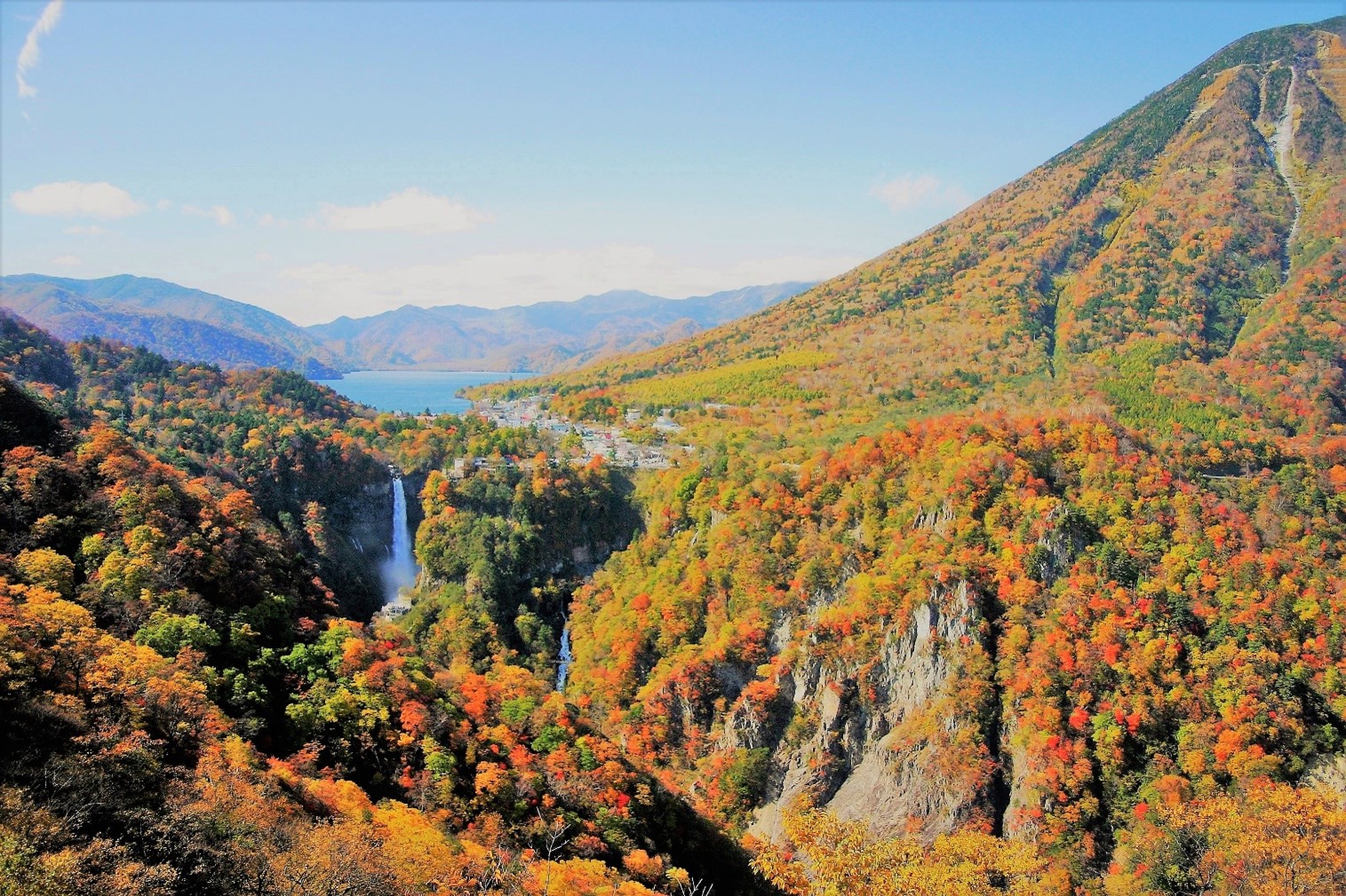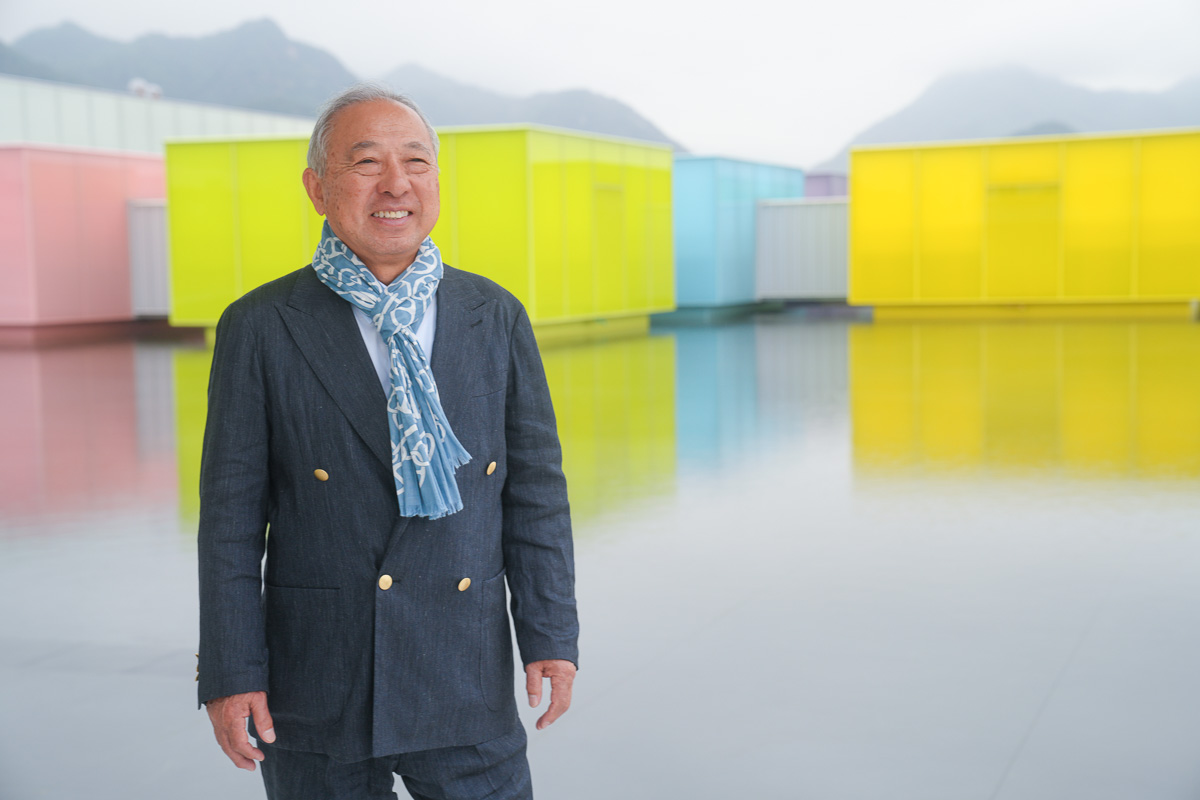In the past, on Taketomi Island, most of the tools needed for daily life were made by each household. Making folk implements is called “handicraft” on the island.
The activity “Handicraft Learning House”, which uses island plants to knit folk implements and straps in one night and two days, will be held from September 1st to November 30th, 2021.
(Wednesday / Saturday check-in only)
Making a strap for "Amulet Broom"

The “Handicraft Learning Center” was held last year as well. Newly added this year is the making of straps for dark baskets with the motif of “amulet broom”. On Taketomi Island, it has long been customary to use a bamboo broom to sweep the white sand of the coral laid in the village with the meaning of sweeping the road and purifying the demons.
A palm-sized broom is made using the black fiber of the trunk “Fugara” of Kominokurotsugu * 1.
*1 A plant of the palm family. It is called “Mani” on Taketomi Island.
Handicraft experience of a dark basket
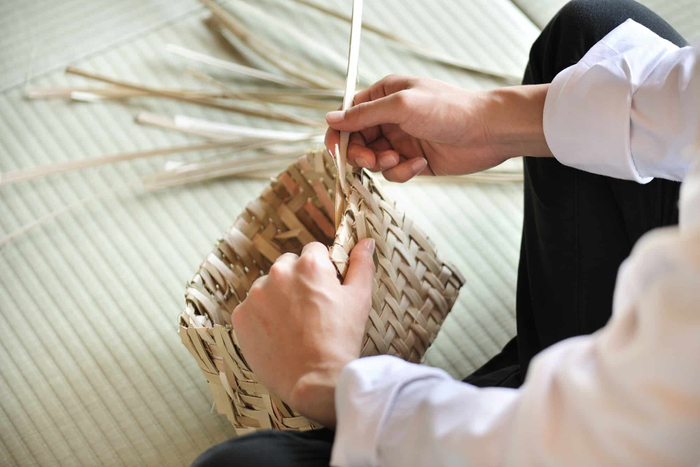
While being taught by a master in the guest room, we will spend two days making a traditional folk implement, a basket. The dark basket is a basket bag that was once used when shopping on the market. “Octopus trees” processed to be suitable as materials are combined one by one and woven by hand.
Tour the skilled work of using plants as handicraft materials
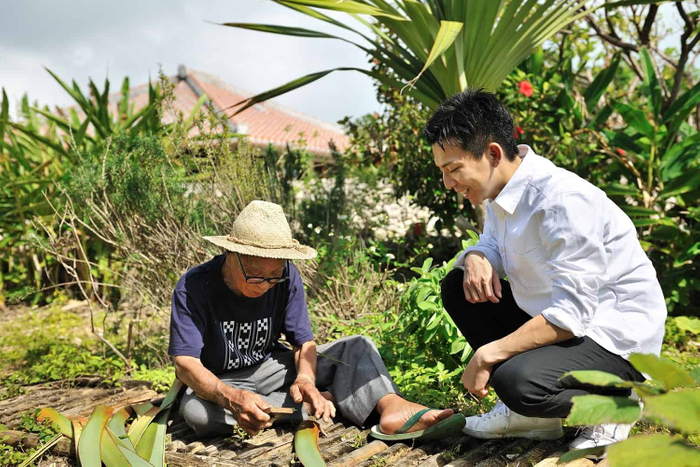
Observe the skillful work of the masters of cracking and drying until the plants are harvested and used as handicraft materials. Using native plants as a material requires time-consuming preparation. The masters will prepare according to the characteristics of each plant, the climate at that time, and the rhythm of nature. We deeply understand that things are made from plants and feel the blessings of nature close to us.
Folk tools that allow you to experience the natural comfort of nature
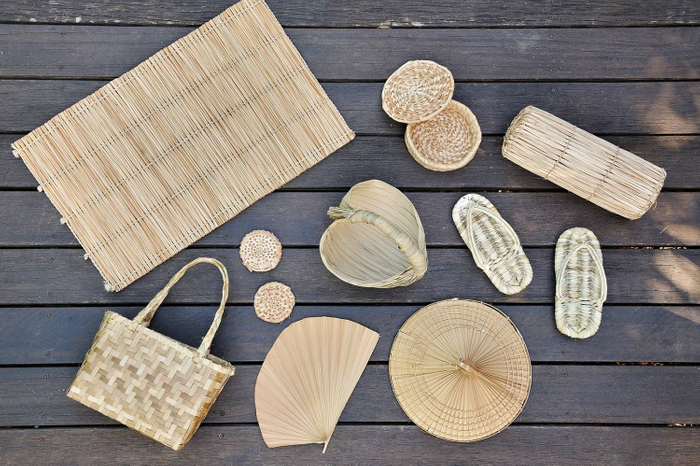
Stay in guest rooms equipped with folk implements to experience the life of the island. We will prepare goza, shell ginger pillow, sandals, waste basket, broom, kuba hat, and coaster. During your stay, you can wear a kuba hat instead of a hat when you take a walk, or lay a goza in the garden and lie down to look at the stars. From the folk implements that have been popular for a long time, you can feel the faint scent of plants and the gentle touch of nature.
“Handicraft learning building”
| Period: |
September 1st-November 30th, 2021 (Wednesday / Saturday check-in only) |
| Price: |
1 set 48,400 yen (tax and service charge included, accommodation charge not included) |
| Included: |
Making a dark basket, making a strap for “amulet broom”, work tour, rental of guest room folk equipment (goza, moon peach pillow, sandals, waste basket, broom, kubakasa, coaster) |
| Capacity: |
1 pair (1-2 people) |
| Remarks: |
The work that can be observed depends on the natural environment.
The schedule is subject to change due to island festivals and events. |
>Click here for reservation
Koji no Kai
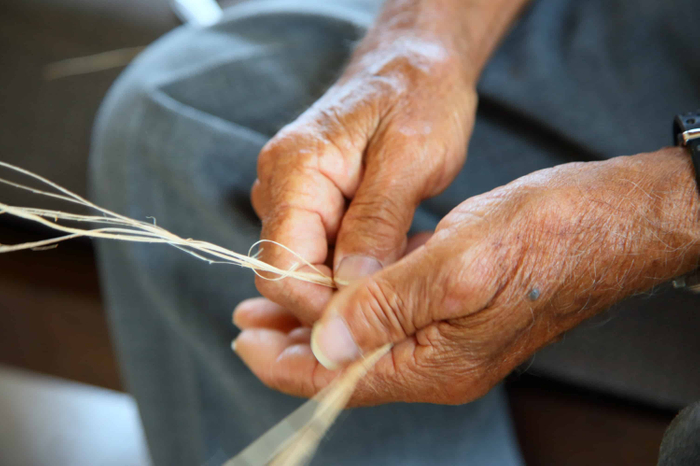
A group of four people, including Shochiku Shosuke, who are masters of handicrafts, Mitsuko Oyama, Hiroko Takana, and Aiko Tanaka, have handed down the traditional folklore making. He enthusiastically continued the handicrafts that had declined due to the modernization of the island, and the culture of folk implements that has been handed down on Taketomi Island is still preserved.
Currently, he holds a weekly classroom at the Yugafukan on Taketomi Island, which is a visitor center in Iriomote Ishigaki National Park, and teaches handicrafts to people who want to learn techniques.
Hoshinoya Taketomi Island
Hoshinoya Taketomi Island, a village of Ryukyu red tiles located in the east of Taketomi Island. On the site of about 20,000 tsubo, it was built according to the “Taketomi Island Landscape Formation Manual” like the houses on the island. It is a small settlement with detached rooms built with respect for tradition, white sand alleys, swimming pools, and gazebos.
>Hoshinoya Taketomi Island
